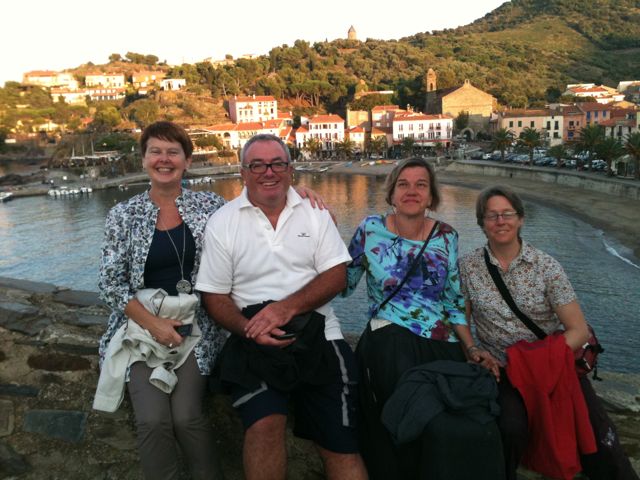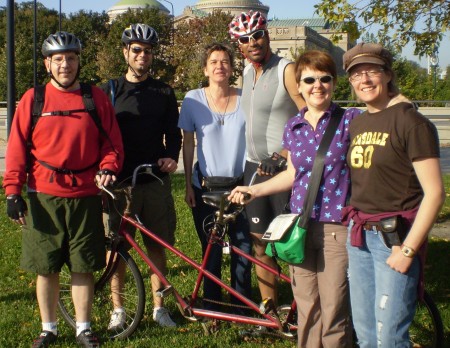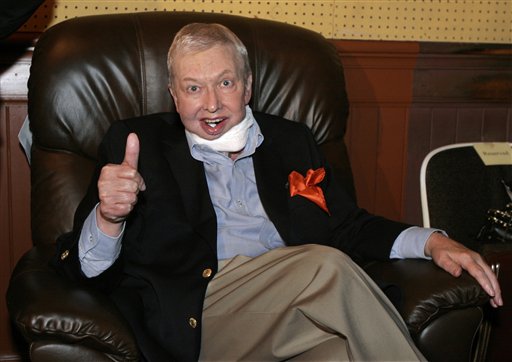A note from Clara
October 1, 2011 • 7 Comments • Posted in blindness, radio, Uncategorized, writingChicago Public Radio asked me to write a commentary about stem cell research back in 2004. In the recorded piece I mention a couple girls I know who have Type 1 diabetes:
Raechel is 13, goes to Prairie Middle School in Barrington, and loves to dance. Clara just turned eight. She goes to Lincolnwood Elementary in Evanston and can’t wait for summer, when she can head to the pool and go feet first down the water slide.
Both girls have worn insulin pumps. Both prick their fingers six or more times a day to monitor their blood sugar levels.
I was diagnosed with Type 1 diabetes (also known as juvenile diabetes) 45 years ago. Insulin pumps and home blood monitoring devices were not available when I was a little girl. Thanks to those advancements, Raechel and Clara have a good chance of avoiding the disease’s dreaded complications – including blindness.
I pointed out in my commentary how much Raechel and Clara have already benefited from research and technology. “But without more research, both girls will have to continue living with the disease.” I told public radio listeners that I can’t know whether stem cell research will find a cure for diabetes, or if it will help prevent rejection to those of us who opt for new islet cells or a new pancreas. “But I sure wish we could find out.”
Those two little girls I mentioned in my radio piece are lovely young women now. Raechel is in college, and Clara goes to Evanston High School. Time flies, but still there is no cure for diabetes.
Our dear friend Russ is Raechel’s dad. Every year he rides in the century bike ride Ride to Cure Diabetes to raise money for diabetic research. Mike rode with him a few years ago, too. Clara’s family participates in the annual Ron Santo Walk to Cure Diabetes in Chicago every year, and that’s going on tomorrow, Sunday, October 2. There’s still time to pledge online to the Juvenile Diabetes Research Foundation (JDRF) and join in the search for ways to cure, better treat and prevent Type 1 diabetes. Here’s Clara’s letter explaining why this is so important.
Hello! This year, we’ll once again be taking part in JDRF’s Walk to Cure Diabetes, along with one-half million other walkers across the country, as we try to reach our goal of raising $89 million.
I was diagnosed at the age of four years old. Over the past eleven years I have raised over $133,000! This year we hope to top $150,000 total. This can only be done through your generosity and support.
JDRF is our best hope for finding a cure. It funds more type 1 diabetes research than any other charity worldwide and it’s making progress along many promising paths toward better treatments and a cure. We are asking you to help support our fundraising efforts with a donation. Your tax-deductible gift will help make a difference in the lives of people with type 1 diabetes.
It is faster and easier than ever to donate. Simply click on this link to donate online.
Any amount, great or small, helps JDRF get closer to its goal of finding better treatments and a cure for type 1 diabetes. We greatly appreciate your support and will keep you posted on our progress.
Sincerely,
Clara Livingston
If you prefer mailing a gift check to JDRF in Clara’s name, leave a comment here and I’ll email you the Livingston’s mailing address. If you choose to donate by check, you should make the check out to JDRF, just make sure to include “Livingston Family Team” in the memo section. Thanks to all of you for taking time to understand what juvenile diabetes is all about, and…go, Clara, go!






